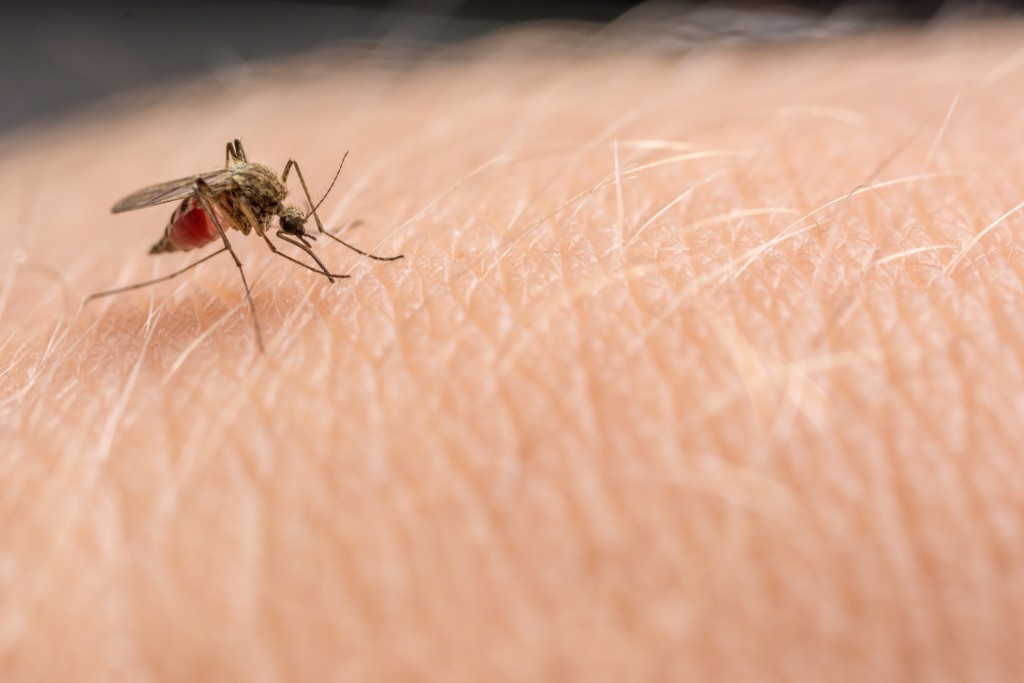Although the majority of the United States is temperate, several states have a tropical climate and will usually receive a good amount of rain throughout most of the year. Hawaii, Florida, and several islands in the Caribbean are known for being popular tropical getaways. But even though these states are known for having calming tropical weather, they’re not necessarily from storms, and areas are more prone to flooding when there’s bound to be even more rainfall.
For most individuals living in temperate areas of the country, they might have some difficulties adapting to the humidity and changes in the temperature. Tropical regions are also prime breeding grounds for insects like mosquitoes that are carriers for various tropical diseases.
When you’re touring or living in these states and regions, we must prepare different ways of protecting ourselves from such diseases. The last thing that people want is getting sick when they’re traveling since this can have implications for public safety. Normally, people will need to go into quarantine for a couple of weeks if they show symptoms of sickness.
Preventing Tropical Diseases
Right before we do get into what are some tropical waterborne diseases that we have to be careful of, we have to discuss which ones are even more prevalent during certain seasons. Contrary to what most people think, tropical regions have two seasons:
- Dry season — During this time of the year, fires are more frequent as there’s more combustible material with most natural resources drying up. In certain tropical areas, heat can also spike, which can often lead to heatstroke and dehydration.
- Rainy season — The rainy season is usually caused by low-pressure areas forming, which can often lead to heavy rainfall and strong winds. In most cases, this can bring about flooding in poorly maintained urban areas and infrastructure.
During the rainy season, the rise of floodwaters can lead to a variety of different diseases that are caused by different factors. Diseases like cholera, hepatitis, and leptospirosis are just some water-borne diseases that can affect people through fluids and contaminated water usually brought about by flooding.
Most of the time, outbreaks will happen in areas where flooding is quite frequent, and when population density is high enough, contamination can happen. There are also illnesses such as dengue, malaria, and typhoid that are vector-borne diseases. When flooding starts dying down, pooled water can become breeding grounds for mosquitoes. Although not all mosquitoes can get these types of diseases, it can still happen to certain strains.
Flu and influenza are also quite common among individuals that are not well-versed with the tropical climate. When there are fluctuations and changes in temperature in the area, this can lead to problems with the immune system.
So what are some waterborne diseases that we have to keep an eye out for?
Leptospirosis
Even though this leptospirosis is not quite common in mainland North America since most living spaces are located in areas with good flood-proofing, it can still happen if most people are not careful enough to tread on contaminated water sources. In fact, there were hundreds of cases recorded in the US, with half being reported in Puerto Rico.
Wearing high boots is a great way of ensuring that your feet will stay dry. This is especially true if you have a wound that can easily get infected.
Cholera
This is also known for being a more common water-borne disease. This is even more prevalent than leptospirosis as it can infect individuals once they drink water from contaminated sources.
It’s important to note that during the wet season, flooding is usually caused by the mismanagement of waste in your area. Most of the time, pipes will divert waste and sewage to the appropriate areas and play a major role in reducing floods. But when wastes get stuck on these pipes, it can inadvertently lead to even more flooding while also contaminating the water.
When you’re cleaning your sewage and preparing your home for a sudden rise of rainwater in your area, you shouldn’t do it alone; it’s important to commission plumbing services as a means of clearing out clogs and waste.
But other than just proper waste management, it’s also important to keep the surroundings of our house clean while washing our hands right before and after eating, and cooking our food thoroughly. Not only will this lower the likelihood of cholera infection, but this will also stop other viral diseases from spreading.
Dengue and Malaria

Although not necessarily a water-borne disease, dengue is still a byproduct of most floodings and mismanaged drainage systems. Dengue is known for being one of the prevalent diseases in tropical regions. In fact, there’s been a steady rise in cases of dengue every year. Since dengue is usually transmitted through mosquitoes, wearing long-sleeved shirts or applying mosquito-repellants can stop mosquitoes from coming near you.
The main difference between dengue and malaria is that malaria can directly affect red blood cells and is transmitted through a different strain of mosquitoes. In contrast, dengue is not necessarily an infectious disease but can affect both red blood cells and platelets, which can often lead to hemorrhages and different times of fever.
There’s a variety of different ways of preventing the onset of diseases from floods and contaminated water. Ultimately, wearing protecting equipment such as boots, long-sleeves, and repellents can help ensure that you’re safe. Proper waste management is also important, especially if you’re gearing your home for flooding.




